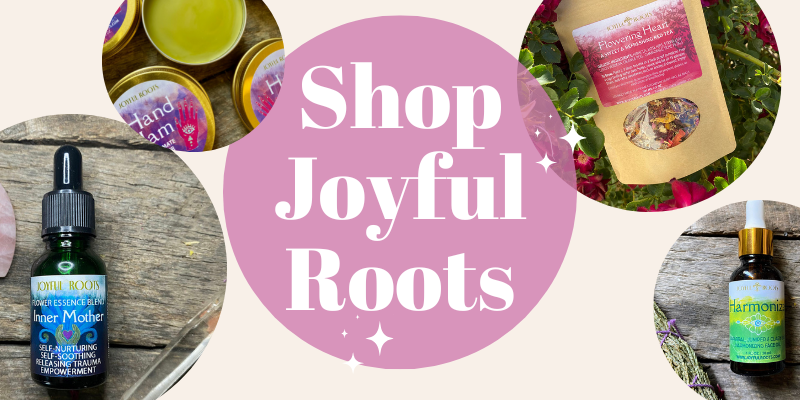Is there something going awry in your garden? One question I get asked very frequently is “why are my plants dying?” Well, that sure is a good question, and not always an easy one to answer. There are a multitude of reasons why plants fail to thrive. Here are the top eleven problems I run into most frequently.
1. Too little water: In this dry desert of ours, this is often the culprit. Do your plants look wilted and parched? Do your succulents look like wrinkly old men (or women) with withered skin? Do you have an irrigation system? If so, first check to make sure it is working properly. Lines can often get chewed by animals or break off. Sometimes this causes entire areas of your yard to go unwatered. If you have noticed water spraying out like mad in any areas of your system, chances are there is another area that is not getting watered.
2. Too much water: Most people don’t associate this with the desert, but interestingly this is often a problem. Many of our desert plants, like Chaparral Sage (Salvia clevelandii) don’t like their roots to be wet all the time. Plants that are designed to withstand our desert have a hard time dealing with too much water. Unfortunately, the symptoms often look the same as too little water. Once the roots get waterlogged and rot, they can no longer take in moisture to the plant; therefore the foliage often looks the same as a plant that is parched. Sometimes you see more distinct signs though, like the tips of the leaves turning brown or black. If a plant looks sick and the soil is consistently wet, you may have your culprit.
3. Too much sun: Just like humans, plants can get sunburned. If your plants look yellow or brown on one side, they may be getting too much sun. Is the side that looks affected the same side the sun is predominately hitting? Does the species of plant prefer a little shade, but is in the wide open sun? Even if that type of plant likes full sun, you may have to introduce it slowly if it is new. Many plants that are grown in nurseries are grown in shade or partial shade and need to get aquatinted slowly. If you are transplanting a cactus, make sure to mark which side is facing north, and plant it facing the exact same direction to avoid sunburn.
4. Too much heat: If your plant is located in an area that has a lot of thermal mass surrounding it, you may have your man. Thermal mass is anything that soaks up heat and stores it, like a building or stones. That heat can start to quite literally bake your plants. If you think this is the problem, you may want to try a different plant for that location that likes the heat better, move that plant to another spot, or put up some sort of shade device.
5. Too much shade: Yellow leaves and a leggy appearance usually means your plant is not getting enough sunlight. The best solution in this case would be to choose a brighter location for that plant.
6. Too cold: What? I thought we lived in the desert? Well, if you have lived here for a while, than you have probably realized that it gets pretty freakin’ cold in these parts. Temperature swings can sometimes be 40 degrees or more. This year many of us experienced single digit temperatures that wiped out many species that are normally hardy to this area. One sign that your plants got zapped? They were perky one day, and the next they are flopped over, wilted, or mushy.
7. Bad watering schedule: Most of our desert plants prefer long, deep waterings instead of frequent short ones. This is especially true for trees. Deep watering allows roots to grow deeper and healthier and helps to leach out the many minerals that we have in our water. Short waterings tend to leave many minerals behind in the soil near plants, which can be detrimental to their health.
8. Improper pruning: Unfortunately, it is all too common to see lollipop shrubs and pineapple agaves. Improper pruning methods not only look strange, but can be detrimental to the plant. Pruning too much can allow disease and pests to take reign, while not pruning enough can cause a plant to become leggy and unhealthy. Here are a few suggested readings for pruning native plants: High Desert Living Pruning, Pruning Multi-Trunk Trees, and Pro Tips on Pruning.
9. Wrong soil type: Native plants prefer native soils, no amending required. Our native Sonoran Desert plants are actually designed to thrive in soil with low organic content, and adding more can sometimes upset the balance. However, non-natives may appreciate a little boost by adding organic material, potting soil, or compost when planting. You can also add a thin layer of compost over the top of the soil for existing plants, being careful not to get it to close to the trunk or stems, as that can cause disease.
10. A pest is lurking: Bad bugs, molds, mildews and other diseases are a gardeners worst nightmare. Are your leaves being devoured? Are grubs sucking the life out of your plants? There are some simple natural remedies to try. Here’s a link with some good ones: Garden Pest Remedies. And remember, not all bugs are bad! Ladybugs, praying mantises, and bees are just a few of the many insects that will help your garden thrive. Encourage native insects by planting native plants. Native plants are also less likely to have disease and pest problems.
11. Short-lived plant: Did you know that some plants just have a short lifespan? Most agaves have lifespans from 8 to 40 years. Agaves shoot out a beautiful flowering stalk at the end of their life, and soon afterwards they die. Not too worry…they probably left some babies behind in the form of pups (little agaves that are offshoots at the roots) or bulbils (tiny agaves that form on the stalk and can be replanted). If your plant is getting up there in age, there may be nothing wrong other than it is at the end of it’s life.
I hope this list has helped you. If you have any more questions feel free to comment below!






Hey There Joyfulroots,
This question may be a little off-topic, Listed here in Southern California we have been in a drought for the previous plenty of ages, and even in a great yr we do not get significantly rain.
Kindest Regards
Hi there!
Yes, Southern California is a lot like Arizona in that it gets very little rain. Water is definitely a limiting factor for the health of plants.
Kim
I live in AZ and everything I plant is dried up the day after I plant them. Even Latana's. Everything is on a drip system that works fine. Even my roses bloomed a couple times this yr and that was it now they look awful !
Carol – So sorry to hear that! How long are you watering each of the plants for each day? Typically, it's best to get a really good soak less frequently, so that the water penetrates deep into the roots and helps the plant develop its root system. Best of luck!